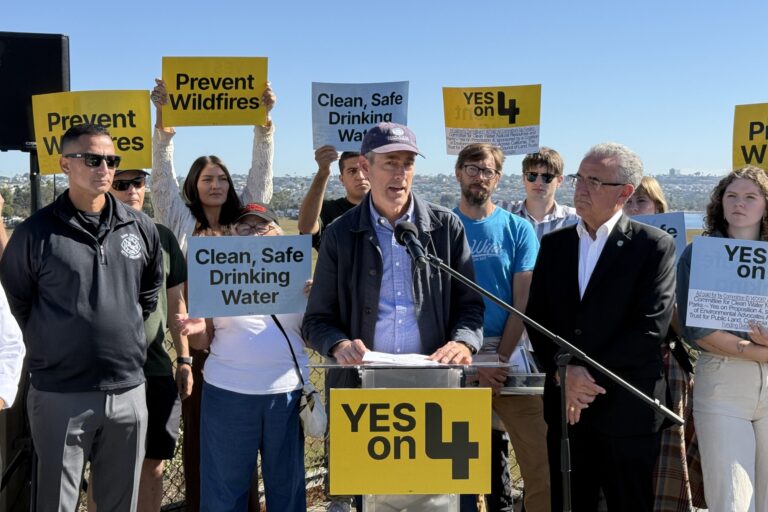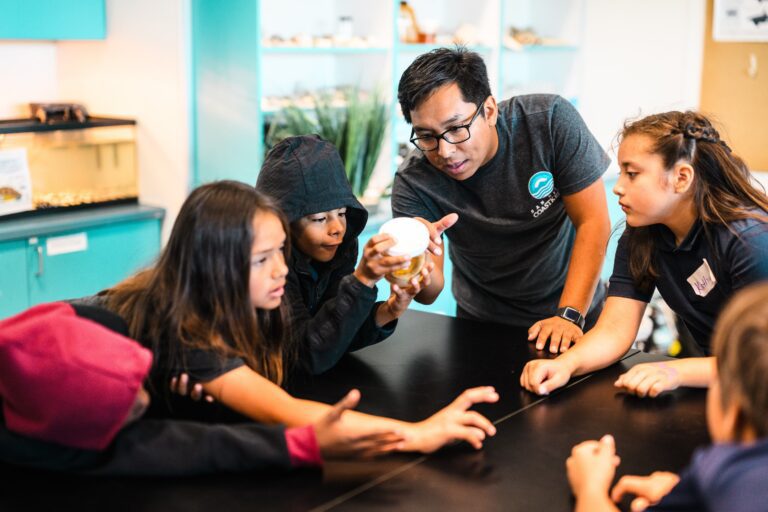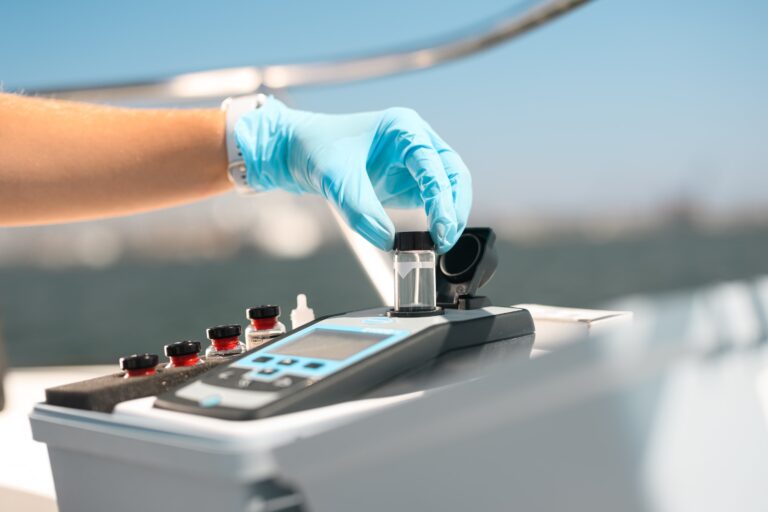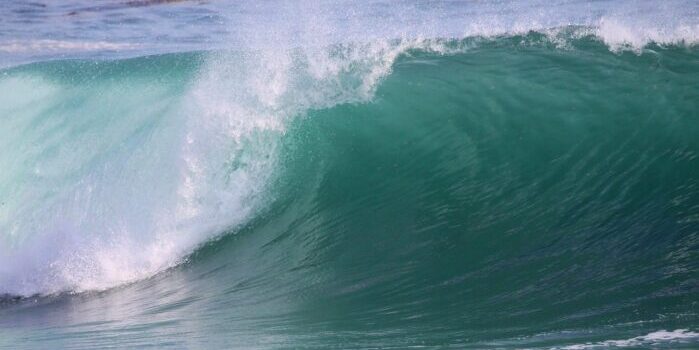With the worst drought in recorded history parching the state, water and water sourcing options are hot topics. In this two part series (read part one), we chat with our Waterkeeper Matt O’Malley, who discusses the Colorado River, future water prospects and much more.
70 percent of California’s precipitation occurs north of Sacramento, yet 75 percent of California’s urban/agricultural water demands are to the south. Please explain this disparity.


The majority of our water (about 80 percent) in California goes to agriculture. How can more efficient irrigation practices help our current water crisis?
There are a couple of common sense and practical things that could be done right now to improve irrigation practices. We could use less water and/or grow more climate-appropriate crops. Low-flow irrigation techniques rather than flood irrigation, or capture and reuse of irrigated water when and where possible, are a great solution when irrigation is needed.
What is water reclamation and how does San Diego currently utilize this process?
Reclaimed water is wastewater that is treated to different standards, depending on its intended use. That standard could be appropriate for irrigation or for drinking water.
The current process in getting this wastewater treated is similar to desalination technology, where water is forced through membrane filters and then further cleaned. This occurs in what is called “purple pipe,” or reclaimed water system, which is what is most commonly used for golf courses or other industrial or commercial activities.
The problem with this is that it is expensive to treat that water for irrigation purposes, when in practice we should be seeking ways to drastically reduce irrigation needs and develop drinkable water supplies – and we likely won’t have enough water long-term to do both.
California has been utilizing recycled water for many years, yet over one million acre-feet/year is unused. How can increased water reuse/reclamation greatly benefit our local supply?
San Diego Coastkeeper supports large-scale wastewater recycling for drinkable reuse. We believe recycling for irrigation is not the most efficient or environmentally friendly use and would like to see more drought-tolerate or native species planted that require far less watering than lawns, and thus free up any water for potable reuse for our community.
What will it take to get support from the general public for using purified wastewater?


Many are quickly coming around to the idea and supporting potable reuse projects. As potable reuse projects pop up from Orange County to Texas, people realize that all water is recycled water. Even the water we drink is subject to use and reuse upstream over and over again.
How much will conservation help us meet our water needs?
Conservation can make a marked difference in helping us meet our current and long-term water need. Currently, San Diego uses as much as 70 percent of our potable water outside the home (irrigation/pools/etc).
By localizing our landscapes, planting drought tolerant species and just being much more conscious of our outdoor water use, we can drastically cut our use. Some parts of Australia use 40 gallons per day, where in San Diego we’re more like 140 gallons per day, and they have a similar standard of living and landscapes. We can likely cut our use by half, if not more.
What can the general public do to conserve water?
The first step is to be aware of your water use, in particular outdoor use. As a community we need to be cognizant of our environment and adapt to it, rather than try to have it adapt to us. With even less rainfall likely in the future, this is of critical importance.
The good news is that there are lots of incentives and rebates offered to help us do this. Take advantage of rebates offered by local agencies to improve efficiencies and remove lawns for localized landscapes that require far less water and irrigation, as this is the biggest use of water by far.
Desalination is one of the ways we can build a local water supply. What are some of the challenges with this technology?
Desalination presents a few challenges. For one, is not very efficient and a great deal of water is wasted in the process. Moreover, the process destroys habitats and kills marine life, along with the fact that brine discharges are concentrated and can impair beneficial uses and water quality objectives. Lastly, it uses a tremendous amount of energy to process and treat sea water into potable water, further leading to climate change and associated negative impacts. If desalination is going to be used, these issues need to be figured out before it becomes a legitimate part of our water portfolio.
According to a 2010 report by the Equinox Center, “Water is likely to be the most critical resource challenge that the San Diego region will face during the next two decades.” What will happen if extra measures aren’t taken to maintain a reliable water supply as population growth continues?
We will need to ration and regulate more, which is likely to happen anyway. We may need additional infrastructure, which costs a great deal.
By conserving, we’re saving money on that end, and we’re reducing our dependence on outside supplies. We don’t have an option but to meet these new challenges if we plan on succeeding and surviving as a community.


It’s far too important to be compared to gold. It is essential to all life, and when it is unavailable, life no longer exists. Gold we can live without. It is, by far, the most important thing in the world. Think about when we look for planets that may harbor life, the first thing we ask is whether there is water in any form. The same can be said for our Southwest communities.
Ultimately why should the public be so concerned about our limited water supply in the Southwest? Why is reliable water so important?
It is essential to all life. Without water, life does not exist and our communities are more dependent on a clean water supply than anything else in the world. A reliable water supply means a stable economy, which is ultimately required for a stable environment.













